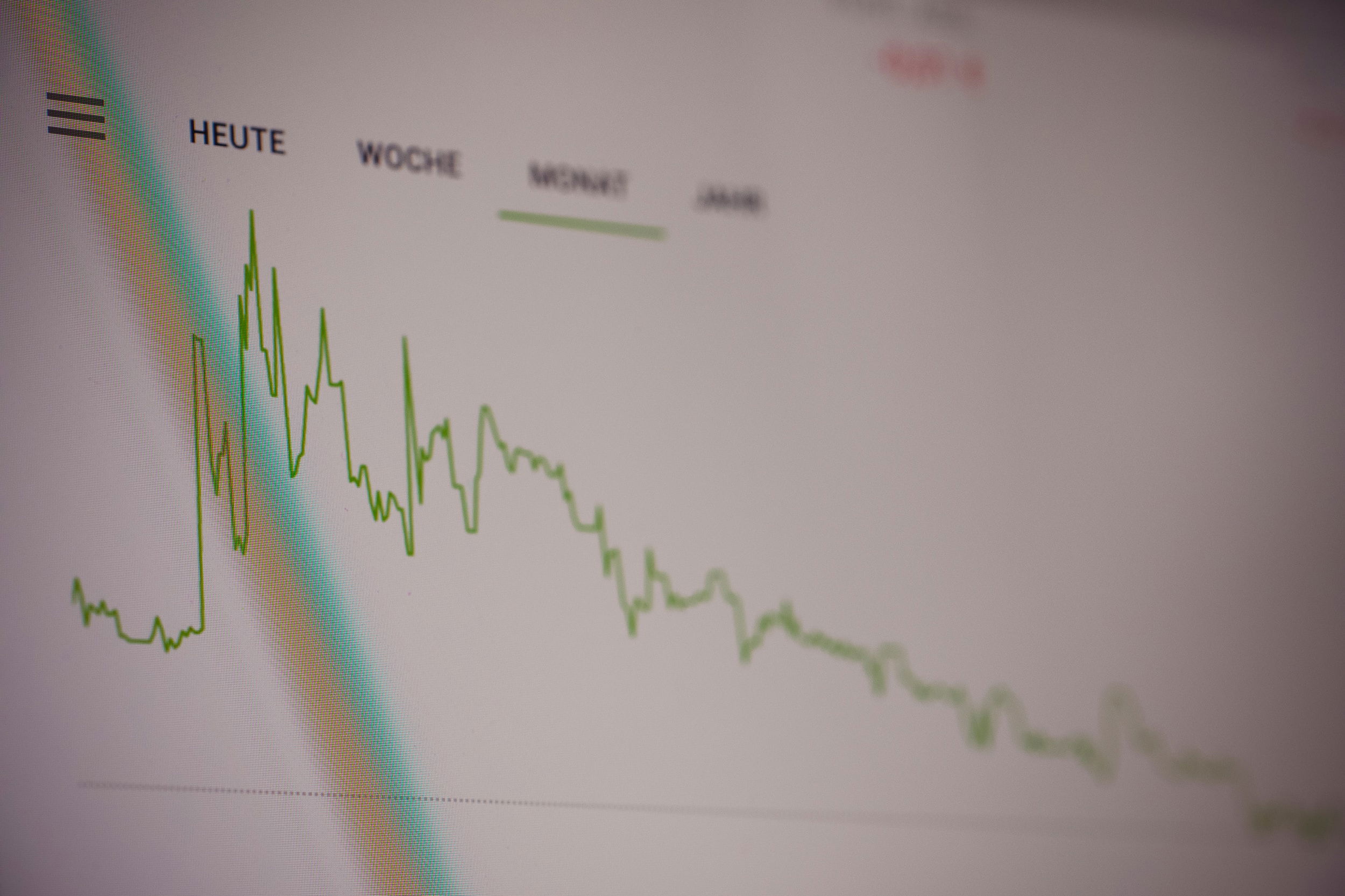Economic Growth vs. Economic Development: Unpacking the Differences
Economic growth and economic development are terms that are often used interchangeably, but they represent distinct aspects of a nation's progress and well-being. While both are crucial for a nation's prosperity, they measure different dimensions of economic progress. In this article, we will delve into the differences between economic growth and economic development, their indicators, and why they both matter for a nation's overall advancement.

Economic Growth: The Measure of Output
Economic growth primarily focuses on the quantitative aspects of an economy. It refers to the increase in the production of goods and services within a nation's borders over time. The most commonly used metric to measure economic growth is Gross Domestic Product (GDP). GDP represents the total monetary value of all goods and services produced within a country during a specific period, usually a year or a quarter.
Key Points About Economic Growth:
- Output Expansion: Economic growth signifies an increase in the output of an economy, which can be measured by the rise in GDP.
- Short-Term Focus: Economic growth tends to emphasize short-term quantitative gains in production and income.
- Does Not Consider Distribution: It does not account for how the benefits of growth are distributed among the population. Growth can occur while income inequality persists or worsens.
- Not Necessarily Inclusive: Growth may not necessarily improve the overall well-being of a nation's citizens if it does not lead to an increase in income, access to resources, or improvements in living standards for the broader population.
- Limited View of Progress: Relying solely on economic growth as a measure of progress can result in an incomplete view of a nation's development.
Economic Development: The Broader Perspective
Economic development, on the other hand, provides a more comprehensive view of a nation's progress. It encompasses various dimensions beyond the quantitative aspects of production and income. Economic development is a multidimensional concept that seeks to improve the overall well-being and quality of life of a nation's population.
Key Points About Economic Development:
- Broader Perspective: Economic development considers not only economic growth but also social, political, and cultural factors that affect the overall well-being of a society.
- Inclusivity: It emphasizes inclusivity and seeks to reduce income inequality, improve access to education, healthcare, and basic services, and enhance the overall standard of living.
- Long-Term Focus: Economic development takes a longer-term view, recognizing that sustainable progress involves more than just short-term economic gains.
- Human Development Index (HDI): The Human Development Index, developed by the United Nations, is a widely used measure of economic development. It considers factors such as life expectancy, education, and per capita income.
- Quality of Life: Economic development aims to improve the quality of life for all citizens, with a focus on equity and social justice.
Indicators of Economic Development
Several indicators are commonly used to assess economic development:
1. Human Development Index (HDI)
The HDI measures development using a composite index that includes life expectancy, education (measured by mean years of schooling and expected years of schooling), and per capita income.
2. Gini Coefficient
The Gini coefficient is a measure of income inequality within a country. Lower Gini coefficients indicate more equitable income distribution.
3. Poverty Rates
The percentage of the population living below the poverty line is an important indicator of economic development. Reducing poverty is a central goal of development efforts.
4. Access to Healthcare and Education
The availability and accessibility of healthcare and education services are critical indicators of development. Improved access to these services enhances human capital.
5. Employment Opportunities
The availability of jobs and the unemployment rate are key indicators of development, as they affect the livelihoods and well-being of citizens.
Why Both Matter: Balancing Growth and Development
Balancing economic growth and economic development is essential for a nation's well-being. While economic growth can drive job creation, increase income levels, and provide resources for public investment, it may not necessarily lead to equitable distribution of benefits. Economic development, on the other hand, focuses on improving the quality of life for all citizens and reducing disparities.
Examples of Balancing Growth and Development:
- Investing in Education: By investing in education and skills development, a country can improve the human capital of its workforce, leading to both economic growth (through increased productivity) and development (through improved access to education).
- Social Safety Nets: Implementing social safety nets, such as unemployment benefits and healthcare programs, can help mitigate the negative effects of economic downturns, promoting both growth and development.
- Income Redistribution: Progressive taxation and policies aimed at reducing income inequality can ensure that the benefits of growth are more equitably distributed, contributing to development goals.
- Sustainable Development: Balancing economic growth with environmental sustainability is crucial to ensure that development efforts are not achieved at the expense of the planet's long-term health.

Conclusion
Economic growth and economic development are related but distinct concepts that represent different dimensions of a nation's progress. While economic growth measures the increase in production and income, economic development provides a broader perspective, focusing on the well-being, equity, and quality of life of a nation's citizens. Balancing these two aspects is essential for achieving sustainable and inclusive progress. Policymakers, businesses, and civil society must work together to ensure that growth benefits all segments of the population and contributes to the overall development and well-being of society.